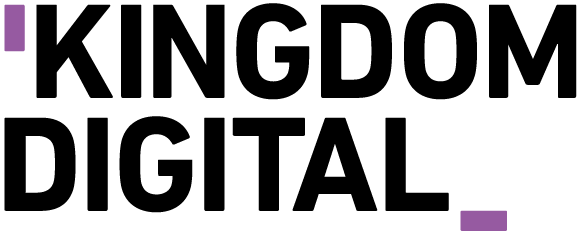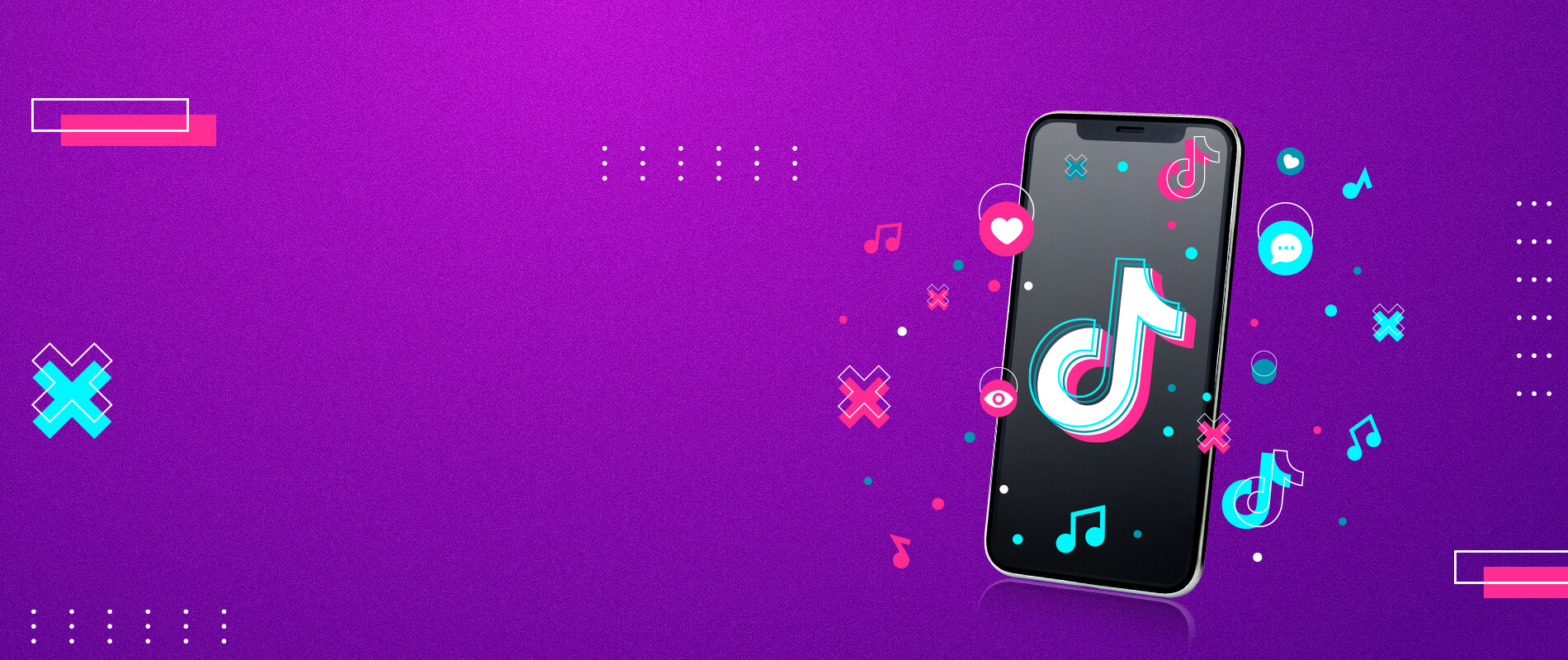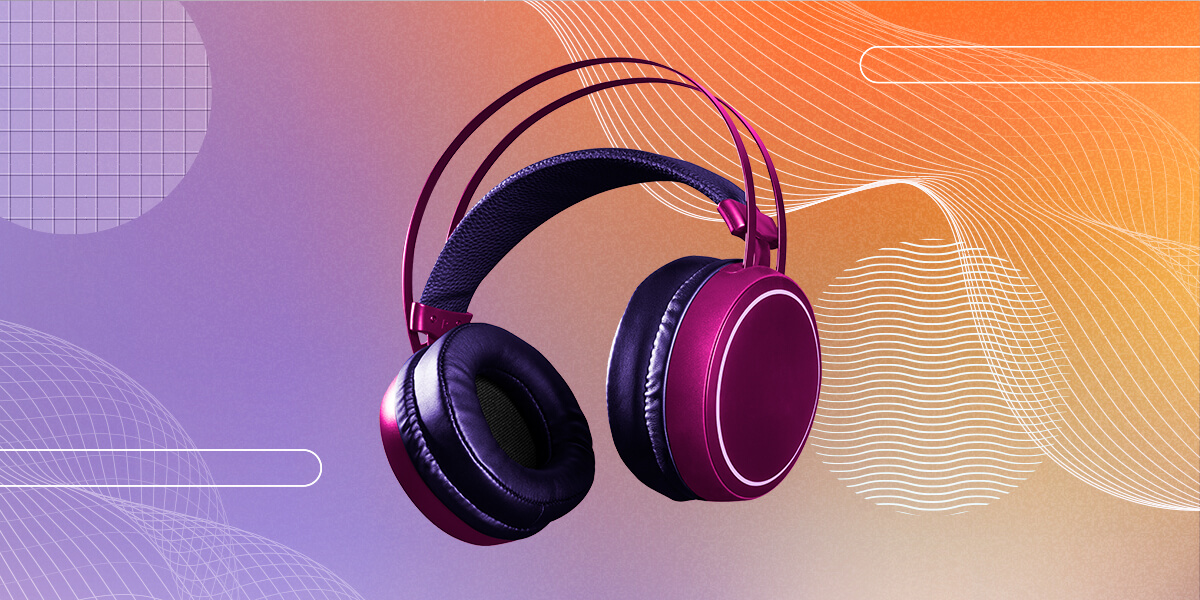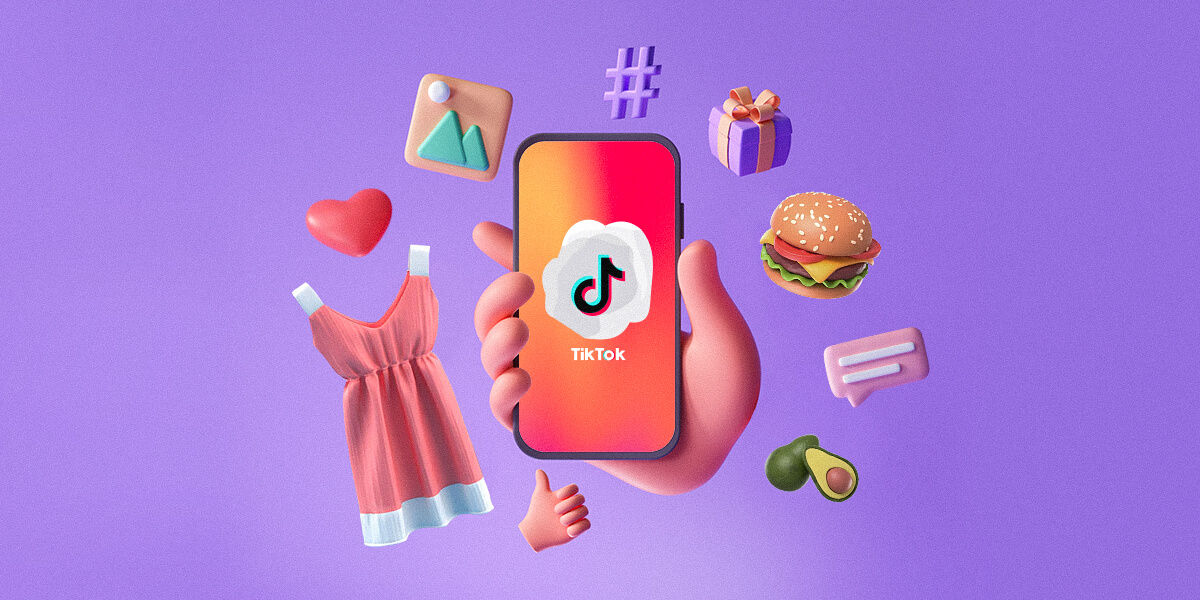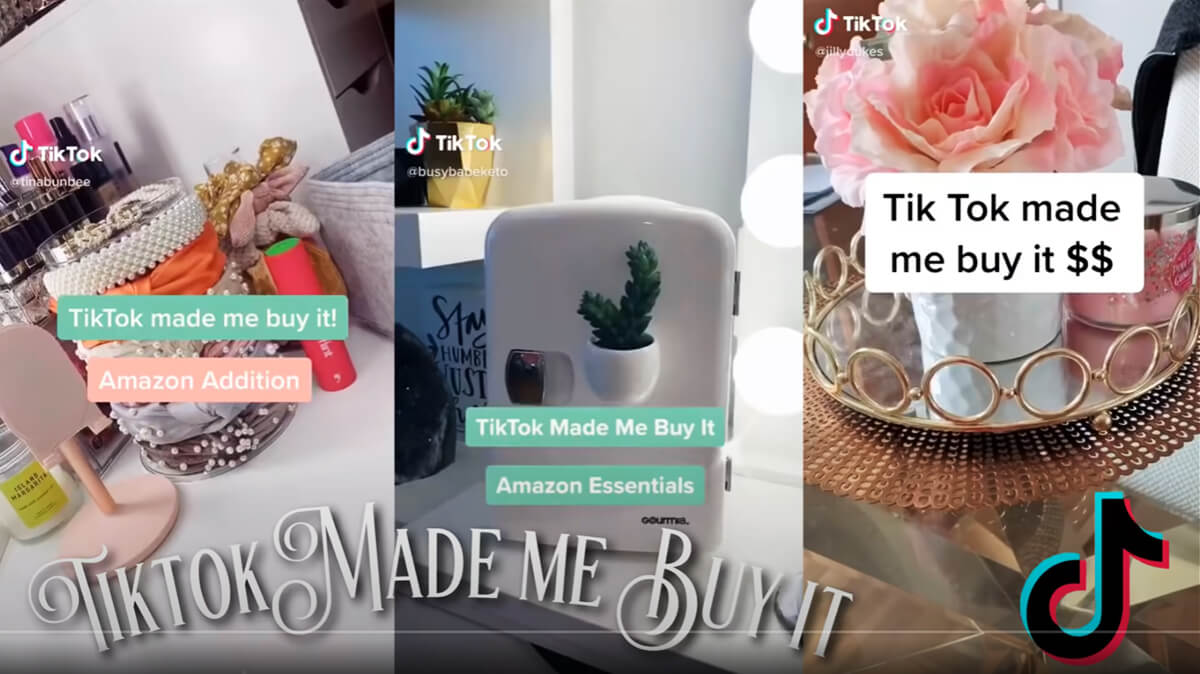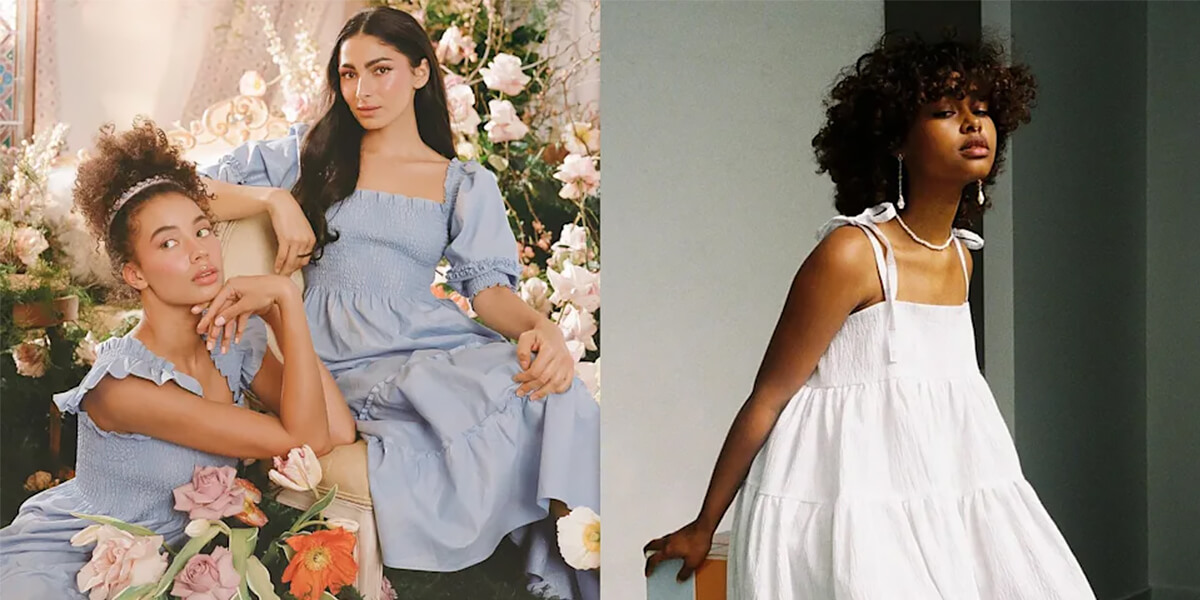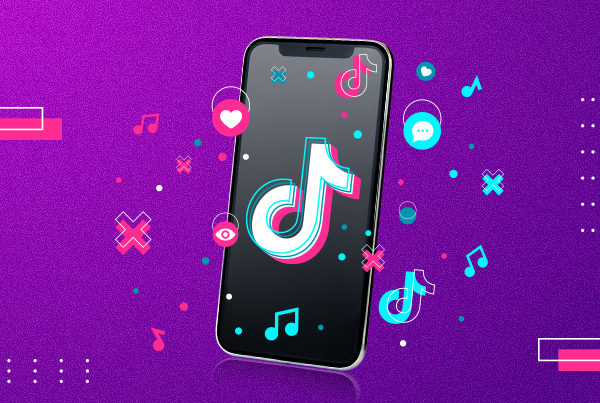
TikTok’s been abuzz for some time now and for good reason, the app is a hub for virality with influence on mainstream culture and consumer interest. Naturally, brands are interested in getting a piece of the pie. Especially if they’re already familiar with Instagram. Yet there isn’t much discussion covering TikTok’s fundamental difference from the Instagram equivalent, Reels.
So, before your brand sinks time into the predominantly Gen-Z app, let’s break down why it does what it does, and what’s different from Instagram.
The quick ABCs of TikTok
TikTok comes in with around:
- 800 million1 monthly active users worldwide, with 240 million in Southeast Asia2
- Their largest age group is between 18–34-year-olds1
- Users spend an average of 52 minutes a day on the app1
The premise of TikTok is that anyone can go viral, and this is largely because of the way the app’s community participates and interacts with content.3
First, the app’s users find new people and brands via a single source, the For You Page (FYP). This is the discovery equivalent of Instagram’s home feed, Explore page, and Reels tab all in one. The For You Page is fuelled by an algorithm entirely focused on keeping consumers watching. The algorithm even evaluates content based on key metrics including engagement velocity, re-watching, and watch time.4
In a nutshell, TikTok is highly user-centric. This encourages users to keep watching and for Creators to create engaging content.
Difference No.1: On TikTok, sound is creative
Music is a core part of TikTok and is where its first difference from Instagram Reels appears.
| Reels | TikTok | |
| Original music* | Instagram prefers users use existing sounds | Original sounds are included in TikTok copyright7 |
| Remixes and creativity | Strict audio restrictions impact original sound usage and impose barriers upon creativity5 | Dozens of remixes available, many of which are not found on Instagram |
*Original music includes non-artist and artist sounds. This can be voice overs, voice recordings, licensed music, remixes, etc.
And here is the kicker,
TikTok’s penchant for virality stems from having this creative audio freedom.
Viral trends sprout in response to songs and audio clips that are available to users to “remix, re-purpose, and reimagine in their own creative ways.”7
The implications of this are huge—enough that TikTok has become a channel that revives old music, improves discoverability of new artists, and through their viral trends, catapult Creators to fame.
What TikTok audio does for brands
TikTok’s viral songs have massive impact on brands too. TikTok helps drive “record-high engagement rates”,8 and through a partnered study with Kantar, discovered it is the only platform where ads with audio generate significant lifts in both purchase intent and brand favourability.7
Brands this is news for you.
73% of respondents said they would “stop and look” at ads on TikTok with audio.7
But wait, there is more. Utilising trending songs offer brands the opportunity to improve awareness and their image. According to TikTok’s MRC Data report,3
- 68% of users say they remember the brand better
- 58% say they feel a stronger connection to the brand
- 58% of users also say they’re more likely to talk about the brand or share the ad
- 62% say they’re curious to learn about the brand.
Here is a key fact: audio really matters here. More so than you might think.
Difference No.2: Trends, micro-trends, and subcultures originate from TikTok
Trends & micro-trends
Let’s begin by defining the difference between a trend and a subculture.
Trends are something, from a dance to food recipes (like the baked feta pasta recipe), that are popular at a point in time. They encourage participation but tend to be fleeting.
Trends largely begin on TikTok and then spread through mainstream channels and culture.
Our behind-the-scenes TikTok expert agrees and adds that “most content pushed out on Instagram are either about filters or joining in on trends which were found on TikTok weeks, if not months, ago.”
Compared to Instagram’s slower trend uptake, TikTok’s trend lifecycles are in-built into the app’s community. Within TikTok, trends or micro-trends can effectively turn into their own native subcultures, or in other words, a highly invested community united through like-minded interests and passions.
One instance of a trend-turned-subculture is #TikTokMadeMeBuyIt. What began as a micro-trend featuring products consumers and creators were influenced into buying escalated into a community on TikTok with massive sales impact. A report by Similarweb tracking product sales noted that
“Beauty products that went viral on TikTok earned an average of 85.3% month-on-month sales growth on Amazon.”9
Paula’s Choice is one such brand. After dermatologist TikToker Dr. Muneeb Shah endorsed the Paula’s Choice BHA Exfoliant in a TikTok video (hitting 3.3 million views), sales on Amazon increased 13% month-on-month.9
Subcultures
So, what about subcultures? The opposite can happen where a subculture sows the seeds for wider trends.10
A subculture is a community united by similar passions and interests; it’s often an interest that deviates from the mainstream.
Take #CottageCore for example. This subculture revolves around romanticised western agricultural life and carries a soothing, often nature-inspired air revolving around a sense of comfort. As of 2021,
“#CottageCore (…) garnered over 3.5 billion views on TikTok and spurred various microtrends in fashion, lifestyle, food, and home décor.”11
Source: Cosmopolitan Magazine
What began as a subculture has trickled down into mass consumption, where #CottageCore became a massive fashion trend with real-world impact. In 2021 alone, fast fashion retailers stocked thousands of whimsical dresses emulating this trend.
Omnilytics data showed “over 4,000 new dresses tagged under ‘puff sleeves’ at [these] retailers”12 while other defining #CottageCore characteristics like checks patterns were tagged in over 51,000 products.12
Subculture impact is not limited to beauty or fashion, #BookTok is a clear indicator of that. “The #BookTok hashtag has racked up over 5.8 billion views, and some authors have seen a tenfold increase in book sales for works that are often decades old.”13
It’s clear micro-trends and subcultures have a significant impact on not just products, but whole industries.
TL; DR: What should brands take note of?
The short answer comes down to three things. Authenticity. Storytelling. Community interaction.
While audio plays a big role in raising view count, it doesn’t do all the heavy lifting. Our TikTok expert notes, “if an audio fits my idea, I’ll use it. If not, there’s no need to force it.” TikTok at the end of the day is an algorithm that wants to show people what they like.
And people don’t just like viral, catchy hooks—as evidenced by the For You Page’s unique quagmire of entertainment that spans education, inspiration, and even flat-out tragic comedy.
Next up: We’re breaking down how your brand can capitalise on TikTok, how to build a loyal, invested community, and why TikTok account authority matters.
Want to kickstart your TikTok strategy? Get in touch.
References:
- 1 I Rigged the TikTok Algorithm To Make Me Go Viral
- 2 Why we need to look at TikTok to understand Southeast Asia’s Gen Z
- 3 New studies quantify TikTok’s growing impact on culture and music
- 4 TikTok Account Authority: How To Go VIRAL Every Time (1M+ Views)
- 5 The Legal Side Of TikTok: Music, Copyright and Ownership
- 6 Instagram Reels vs TikTok: Which should you be using?
- 7 TikTok Shares New Insights Into the Importance of Sound for Marketing Promotions on the Platform
- 8 Kantar report: How brands are making noise and driving impact with sound on TikTok
- 9 #TikTokMadeMeBuyIt is driving Amazon beauty sales
- 10 How brands can authentically join in with subcultures on TikTok
- 11 Cottagecore
- 12 Welcome to Cottagecore, Quarantine’s New Fashion Trend
- 13 TikTok for Publishers: Thoughts, stats and an exploration
- 14 5 TikTok Subcultures That Are Boosting Sales
